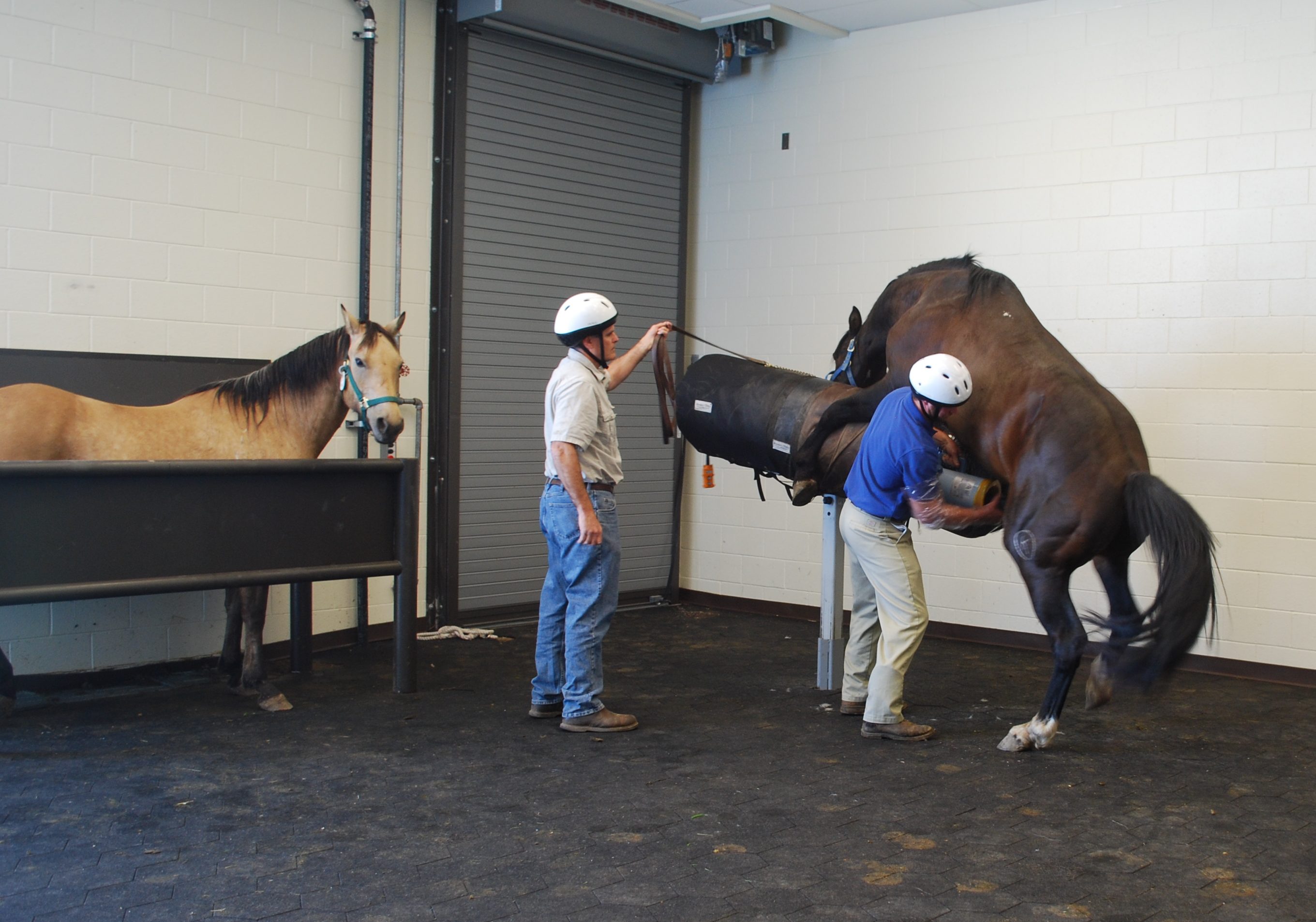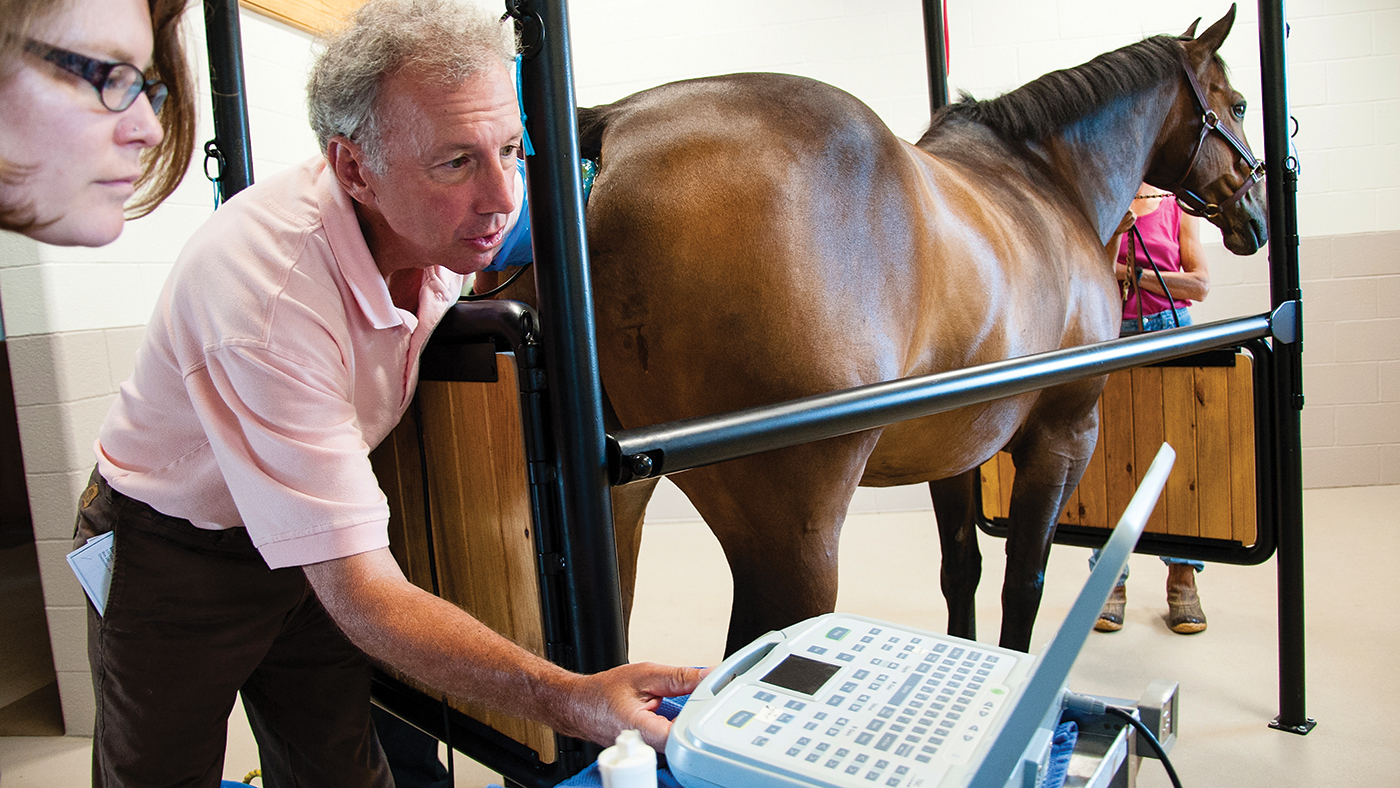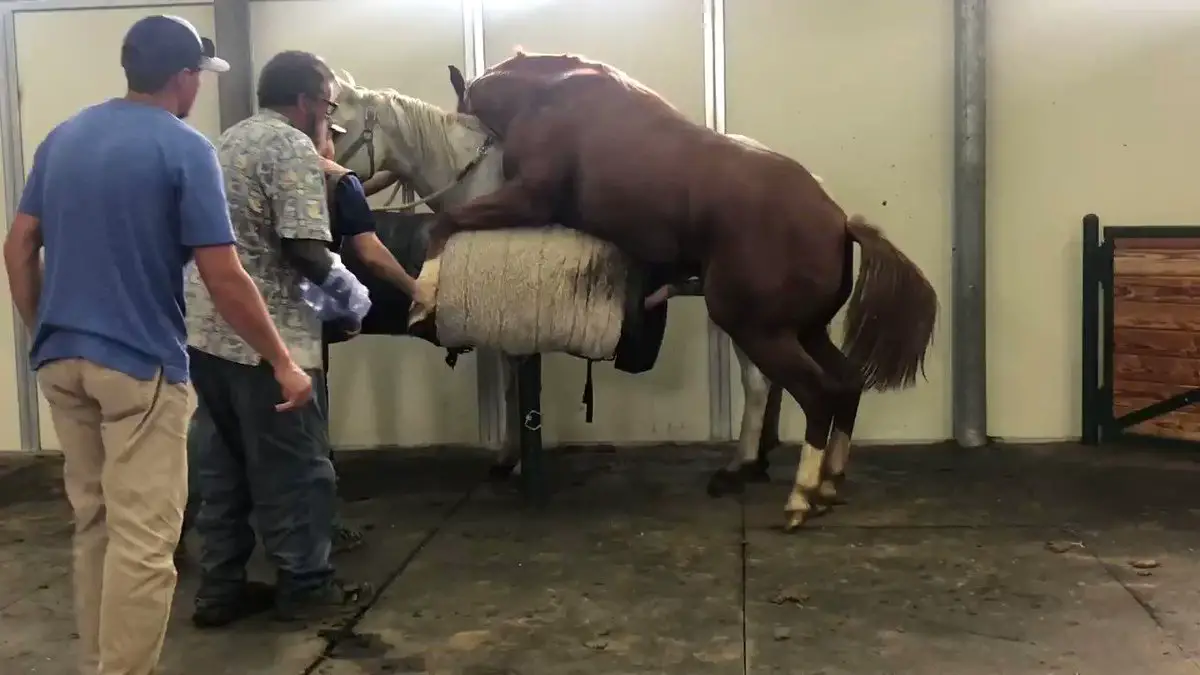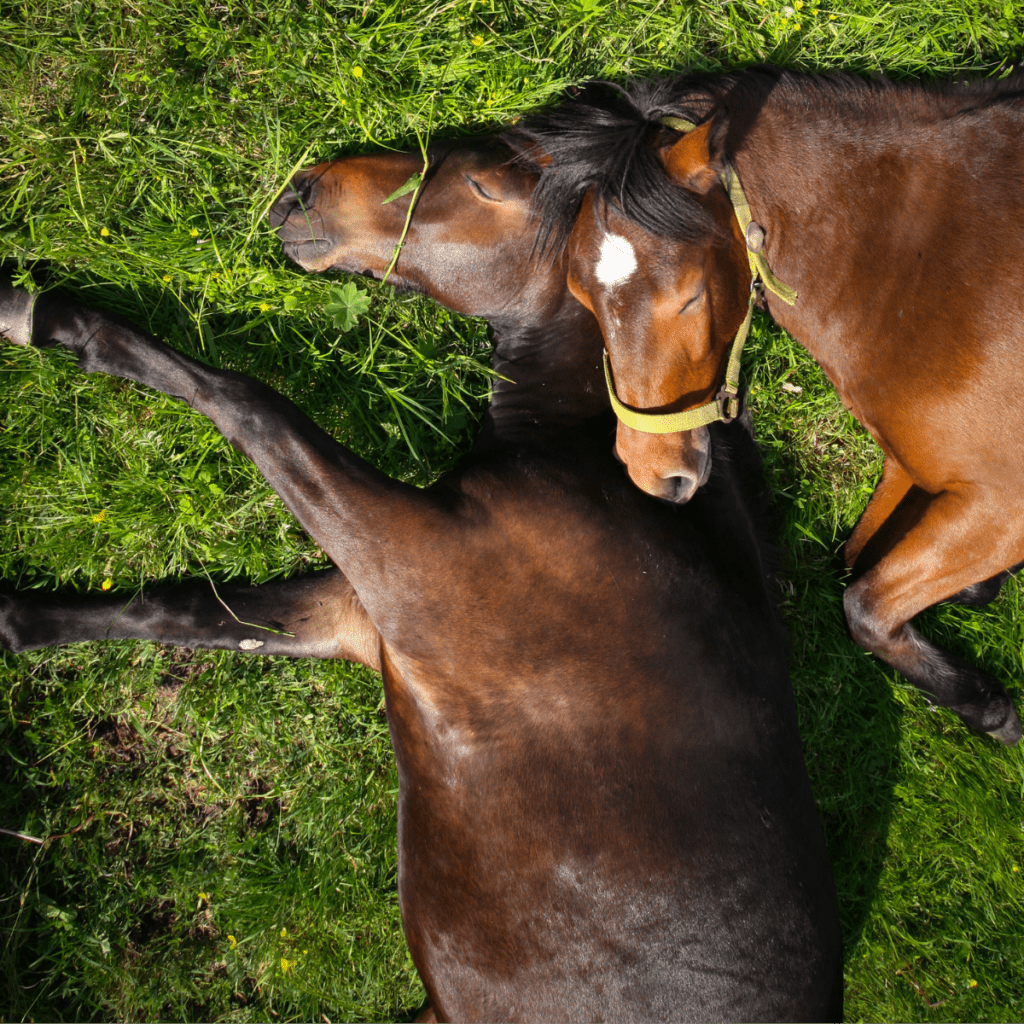The practice of understanding equine artificial insemination is crucial for breeders who aim to optimize the genetic potential of their equine stock. This breeding method allows for the careful selection of genetic traits, potentially improving the quality of offspring and the overall health of the herd.
The Basics of AI Techniques in Horses
AI techniques in horses involve the collection of semen from a stallion, which is then processed and introduced into the mare’s reproductive tract at an optimal time for fertilization. This technique requires precise timing and knowledge of equine reproductive physiology to be successful.
AI Breeding for Horses: An Introduction
AI breeding for horses is an increasingly popular method that provides a range of benefits over natural mating. It involves careful planning and execution, with a focus on animal welfare and the potential for enhanced genetic selection.
Equine Artificial Insemination: Step-by-Step Guide

When considering equine artificial insemination, it’s important to approach the process with a step-by-step plan to ensure the highest chances of success. From logistical planning to the actual insemination, each step needs careful attention.
Logistical Planning and Mare Preparation
- Assessment of mare’s health and reproductive status.
- Selection of a suitable breeding season and synchronization of estrus cycles.
- Arrangement of necessary facilities and equipment.
Choosing the Right Semen Type for Equine AI
- Fresh semen: Best used immediately after collection.
- Cooled semen: Can be transported and used within a short time frame.
- Frozen semen: Offers long-term storage but may have reduced fertility rates.
AI Procedure for Equine: Execution and Management
The AI procedure for equine requires cleanliness, precision, and timing. The process should be managed by a skilled veterinarian or a trained AI technician to maximize the chances of successful insemination.
Managing Horse Breeding with AI

Managing horse breeding with AI is a multifaceted task that encompasses stallion selection, semen quality assessment, and careful monitoring of the mare throughout the breeding cycle to ensure optimal conditions for conception.
Stallion Fertility and Its Impact on AI
A stallion’s fertility is a critical factor in the success of AI. Regular fertility evaluations help ensure that only high-quality semen is used for insemination, significantly impacting the overall success rate of the AI program.
Optimizing Conditions for AI in Horses
To optimize conditions for AI in horses, breeders must consider factors such as the mare’s nutritional status, her cycle regularity, and the timing of insemination relative to ovulation. All these elements play a vital role in achieving a successful outcome.
Horse Reproduction Technology: The Latest Advances

Horse reproduction technology continues to evolve, providing breeders with innovative tools and methods to enhance the efficiency and effectiveness of breeding programs. These advances range from improved semen preservation techniques to novel fertilization methods.
Horse Breeding Innovations: Beyond Traditional AI
Horse breeding innovations have expanded the possibilities of equine reproduction. Techniques such as sex-sorted semen and advanced genetic testing offer breeders unprecedented control over the breeding process and the traits of their future offspring.
Understanding ICSI in Equine Reproduction
Intracytoplasmic sperm injection (ICSI) is a groundbreaking procedure in which a single sperm is injected directly into an egg. This technique is especially useful for stallions with limited or poor-quality semen and can be a game-changer in equine reproduction.
Artificial Insemination Benefits for Equine

The artificial insemination benefits for equine are numerous. This method not only facilitates controlled breeding and genetic management but also reduces the risk of disease transmission and physical injury that can occur during natural mating.
Health and Genetic Advantages of AI in Equine Breeding
Through AI, breeders can take advantage of enhanced genetic selection and improved herd health. By choosing specific traits and reducing the spread of hereditary conditions, AI contributes to the long-term well-being of the equine population.
How AI Contributes to Horse Breeding Efficiency
AI contributes to horse breeding efficiency by enabling breeders to inseminate multiple mares with semen from a single collection, reducing the need for the stallion to travel, and allowing for breeding with stallions that may be geographically distant.
Challenges and Solutions in Equine AI

While equine AI offers numerous advantages, it also presents challenges that breeders must navigate. From handling semen to ensuring successful fertilization, breeders need to be prepared to address these issues as they arise.
Common Pitfalls in Equine Artificial Insemination
Some common pitfalls in equine artificial insemination include improper timing of insemination, poor semen quality, and inadequate mare management. Recognizing and understanding how to avoid these pitfalls is essential for success.
Best Practices to Overcome AI Challenges
To overcome AI challenges, it’s important to follow best practices such as thorough mare and stallion evaluations, meticulous record-keeping, and seeking the assistance of experienced reproductive specialists.
Equine AI Best Practices and Expert Tips

Incorporating equine AI best practices into a breeding program can significantly enhance the likelihood of successful outcomes. Expertise, experience, and attention to detail are essential components of a robust AI strategy.
Insider Tips for Successful AI Breeding
Successful AI breeding hinges on understanding the mare’s reproductive cycle, selecting high-quality semen, and employing a skilled team to carry out the insemination. Insider tips from seasoned professionals can provide invaluable guidance.
If you’re interested in equine care and management, we have a variety of resources that can help you. For those looking into the specific needs of a horse with Equine Metabolic Syndrome (EMS), our article on what to feed a horse with EMS provides valuable dietary guidelines. For equestrian enthusiasts considering expanding their family, our guide on how to adopt a horse covers the important steps in the adoption process. Additionally, our practical advice on how to dry a horse is essential for anyone looking to ensure their horse’s comfort and health after a wash or a rainy day. Be sure to explore these articles for comprehensive insights into horse care!
Choosing the Right Stallion: A Comprehensive Guide
Choosing the right stallion involves evaluating factors such as genetics, fertility, and compatibility with the mare. A comprehensive guide to stallion selection will help breeders make informed decisions to achieve their breeding goals.



